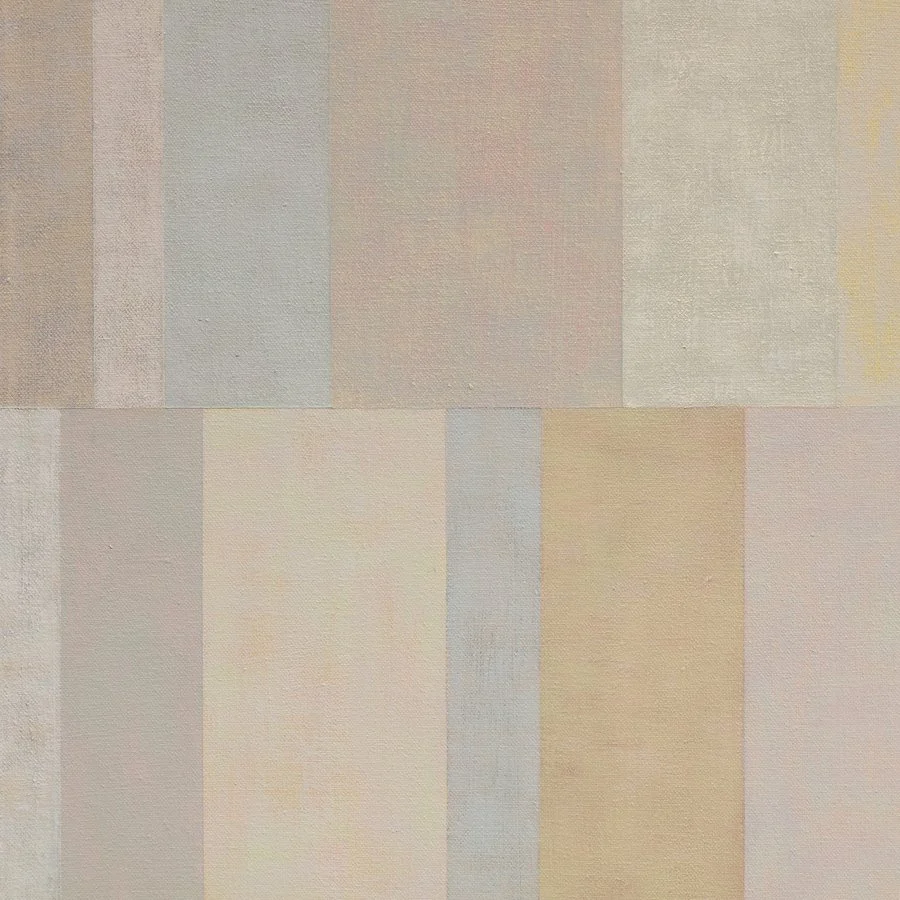Although I have my extroverted moments, I am by all accounts a pretty hardcore introvert. So I recently succumbed to all the publicity I was hearing about Susan Cain's new book
"Quiet: The Power of Introverts in a World that Can't Stop Talking" and from the first page, I couldn't put it down.
"We live with a value system that I call the "Extrovert Ideal" - the omnipresent belief that the ideal self is gregarious, alpha and comfortable in the spotlight. [...] Introversion -- along with its cousins sensitivity, seriousness, and shyness -- is now a second-class personality trait, somewhere between a disappointment and a pathology." (Cain, p. 4)
Cain doesn't vilify the extrovert, but rather makes the case that introverts offer different strengths that are too often overlooked and undervalued. And I began to think how this introvert-extrovert paradigm may help to explain not just the struggles with how we introverted individuals may relate to the world, but also the struggles of so much introverted art that must contend with our cultural "bias against quiet".
If you put a celebratory Beatriz Milhazes next to a poetic Giorgio Morandi:
 |
| Beatriz Milhazes |
 |
| Giorgio Morandi |
or a visceral Gerhard Richter beside a meditative Agnes Martin,
 |
| Gerhard Richter |
 |
| Agnes Martin |
or an aggressive Kim Dorland across from a dreamy Kaye Donachie,
 |
| Kim Dorland |
 |
| Kaye Donachie |
the quiet introverts have a tough time competing for attention. Jonathan Lasker once wrote in his essay
"Beauty in the Age of Road Kill":
“Contemporary culture is oriented toward sensation far more than it is toward beauty. This is very much in keeping with the image of our world: the texture of life is seldom beautiful, although it is usually sensational. It is fast, loud and enervating...[...] We want a more direct and less onerous way to pleasure, which we hope to augment by increasing our sensations.”
But introversion is much more than beauty. Cain ascribes the following qualities to the introvert:
"reflective, cerebral, bookish, unassuming, sensitive, thoughtful, serious, contemplative, subtle, introspective, inner-directed, gentle, calm, modest, solitude-seeking, shy, risk-averse, thin-skinned". The extrovert is "ebullient, expansive, sociable, gregarious, excitable, dominant, assertive, active, risk-taking, thick-skinned, outer-directed, lighthearted, bold and comfortable in the spotlight." (Cain, p. 269)
Lasker may be right that our culture is becoming so numb from such persistent over-stimulation that only more sensational or shocking displays can move us. But I don't believe this is inevitably or always true. The loudest voice is not always the most interesting or the most poignant. I firmly believe there remains an important place for gentler, quieter expressions of our contemporary experience. There are many of us whose sensibilities crave a more contemplative space, not just for repose but for reflection and revelation. I see my paintings becoming more introverted now, and I'm becoming emboldened by the possibilities in quietly subverting the Extrovert Ideal.


















